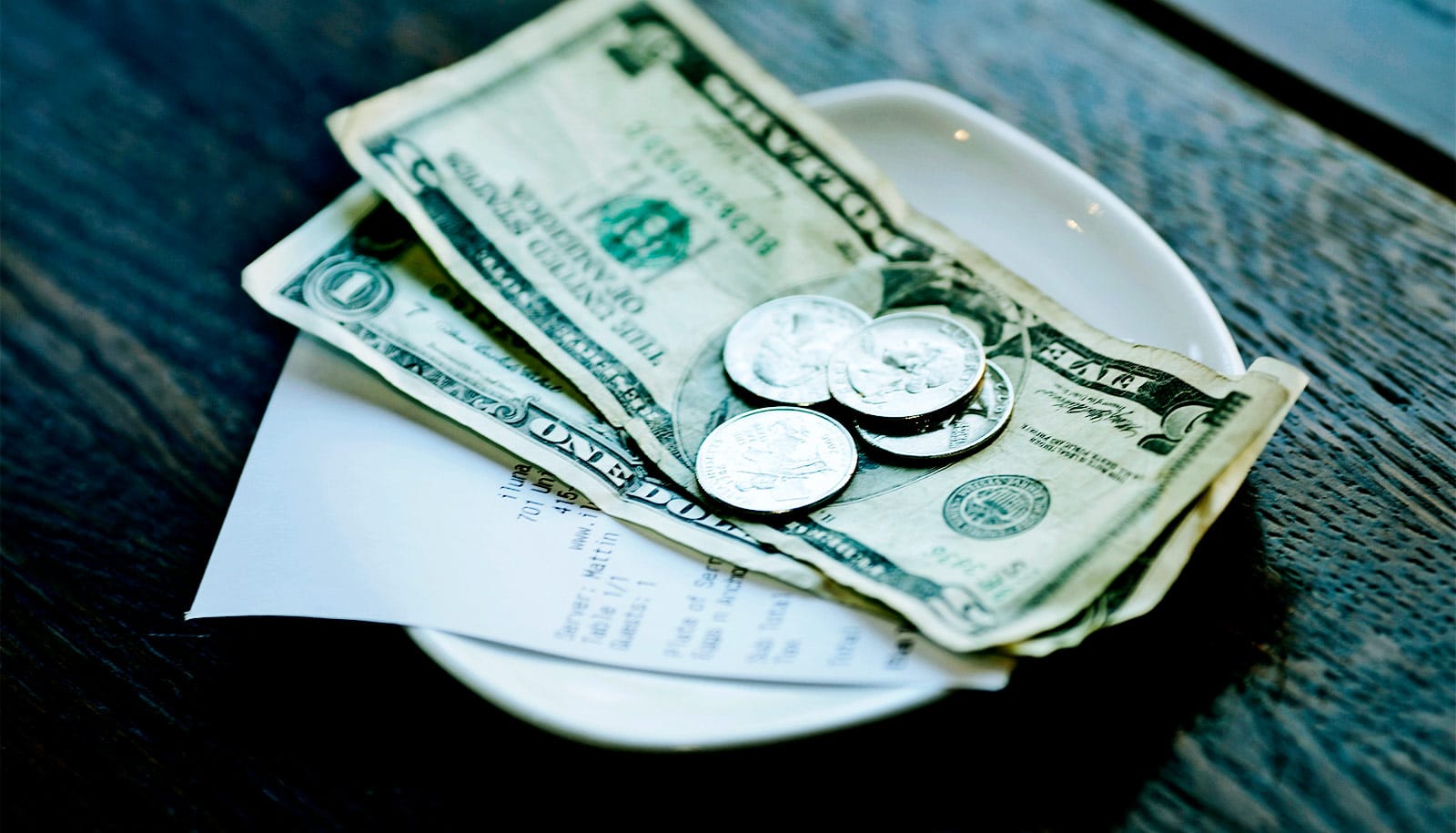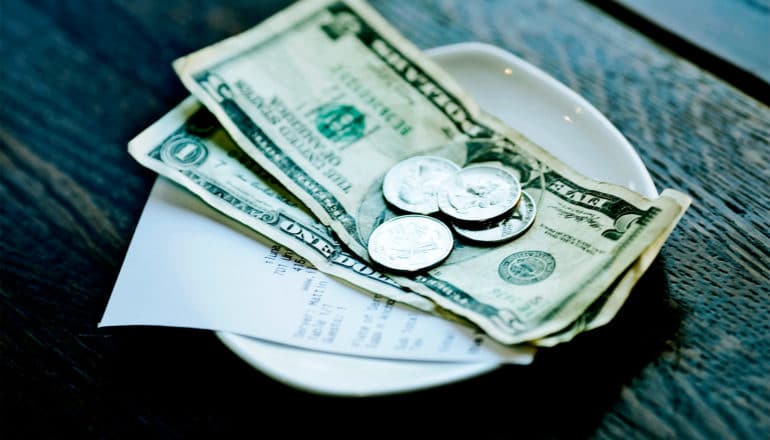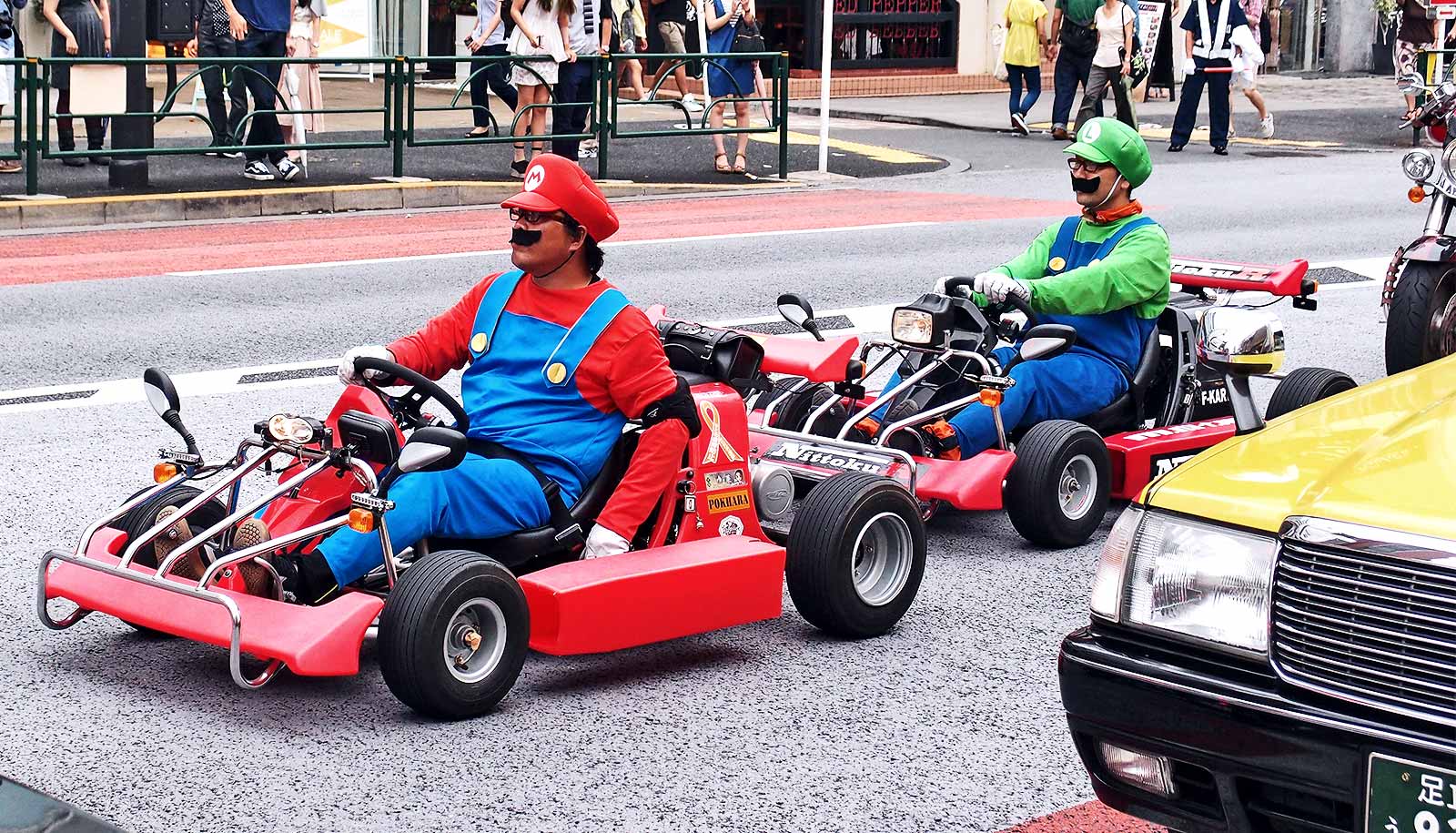
(Credit: Getty Images )
Stealing at work can be contagious
Stealing at work can spread among resturant employees, research finds.

Stealing at work is contagious and new workers may be particularly susceptible, according to a new study of restaurant workers.
“It is definitely worse than our data shows,” says Tat Chan, professor of marketing at the Olin Business School at Washington University in St. Louis. Chan and his colleagues studied a database with millions of restaurant transactions, but the algorithm it used took a conservative approach to flagging theft.
While thieves tend to influence other workers to steal, the research team also found that peers are strategic about when to use their sticky fingers: If Bob is stealing a lot today, they’ll say, we’d better not steal—or everyone will get caught.
Influencing new workers
To reach their conclusions, researchers studied seven years’ worth of data from a restaurant point-of-sale equipment distributor, covering 1,049 locations from 34 different casual dining restaurant chains in 46 states. The database included more than 5.7 million transactions involving more than 83,000 servers.
The researchers used the data to gauge whether misconduct among workers spreads to coworkers.
“Bad apples with high levels of misconduct are even more costly than their individual behavior,” the authors write, because those bad apples negatively influence their peers to commit similar bad acts.
Among the findings: If new restaurant workers are exposed to stealing peers within the first five months of starting their job, they’re also likely to become habitual thieves.
“One important thing we show is that people learn from peers,” Chan says. “To make sure employees do not learn stealing from their peers, it’s important to influence them in the first few months. If they don’t know what the typical conduct is, but they see their peers steal, they will follow.”
What’s the cost of stealing at work?
The data they reviewed relied on sophisticated algorithms to flag when a transaction likely sparked misconduct. Several schemes in the industry are notorious, including “the wagon wheel scam,” in which servers transfer an item from one customer’s bill to another who ordered the same thing. Once the first customer pays the original bill, the server reprints it without the item and pockets the difference.
Other schemes involve “comping” or refunding a meal—or voiding a transaction entirely—after the customer has paid, but before the ticket is closed.
The practices are well-known among industry insiders. Media reports have cited National Restaurant Association estimates saying theft accounts for 4% of restaurant costs. The US restaurant market is projected to earn about $863 billion this year.
Digging through the data, the team’s research found that fully 56% of servers in the database committed identifiable theft at least once. Through computer simulations with the data, they found that doubling a single worker’s average theft amount would yield a 76% increase in a restaurant’s average loss to theft.
Not all restaurants rely on point-of-sale systems that flag potential incidents of theft. Additionally, those systems tend to err on the side of giving servers the autonomy to correct a customer’s bill or provide a free drink as compensation for a service issue. But the team’s research indicated that managerial oversight does reduce theft.
“It’s not just to catch stealing,” Chan says. “People will restrain their stealing behavior themselves if they know they are being monitored.”
Their paper will appear in the journal Manufacturing & Service Operations Management. Additional researchers from Washington University in St. Louis and Oxford University contributed to the work.
Source: Washington University in St. Louis
The post Stealing at work can be contagious appeared first on Futurity.
Share this article:
This article uses material from the Futurity article, and is licenced under a CC BY-SA 4.0 International License. Images, videos and audio are available under their respective licenses.
Related Articles:
Watch out for the latest internet scam: sextortion
April 22, 2020 • futurityMario Kart has lessons for fighting inequality
April 6, 2021 • futurityLinks/images:
- https://www.futurity.org/teen-crime-culture-1506872/
- https://static1.squarespace.com/static/5a80912b29f18728e17d5164/t/5d5a8380373aac00017e4fe3/1566212999241/PeerCheatAccepted.pdf
- https://source.wustl.edu/2019/09/workplace-theft-is-contagious-and-strategic/
- https://www.futurity.org/stealing-at-work-contagious-2171142/
- https://www.futurity.org


